TOKYO – “Each and every child is precious,” Prime Minister Fumio Kishida stated during the launch ceremony of the Children and Families Agency last April. This new agency plays a pivotal role in Japan’s efforts concerning children.
In June, Kishida introduced a series of government-approved measures aimed at reversing the concerning decline in the country’s birthrate. These steps include comprehensive support for children and households engaged in child-rearing, one of which involves increasing the number of day care centers and enhancing their quality.
In recent years, Japan has witnessed accidents, abuse, and negligence within its child care centers, raising concerns about the safety and quality of care in these facilities.
On May 12, municipalities confirmed 914 cases of inappropriate acts at certified child care facilities. These findings were a result of the first nationwide survey on abuse conducted by the Children and Families Agency, based on reports and other information. According to a report by The Mainichi, these incidents occured between April and December 2022, of which 90 cases included serious abuse such as physical harm inflicted upon children.
The passing of nine-month-old Emiri Yamaguchi, who succumbed to heatstroke at an unregistered day care facility named “Toys” located in Utsunomiya City, Tochigi Prefecture in 2014, was a tragic case.
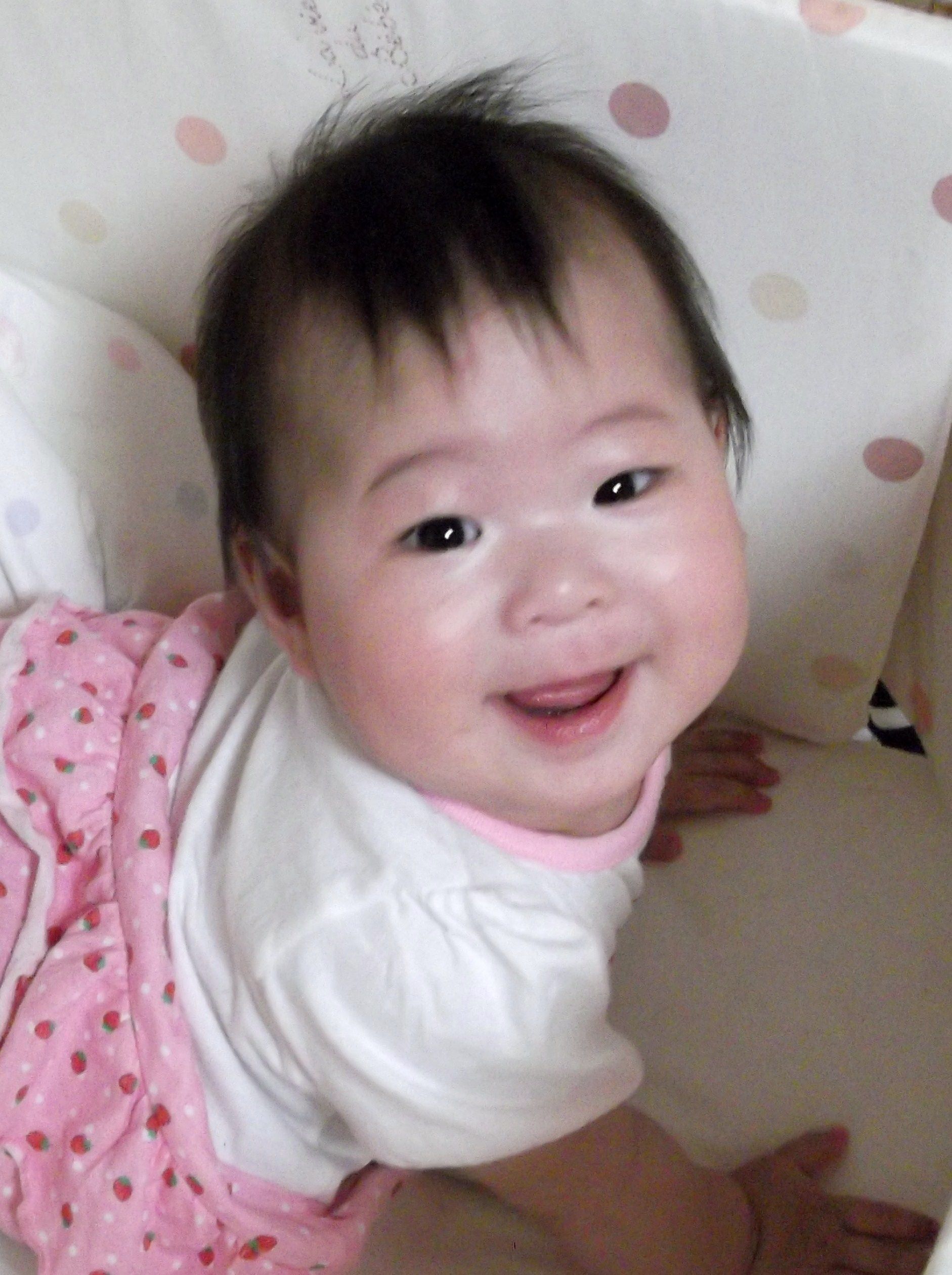
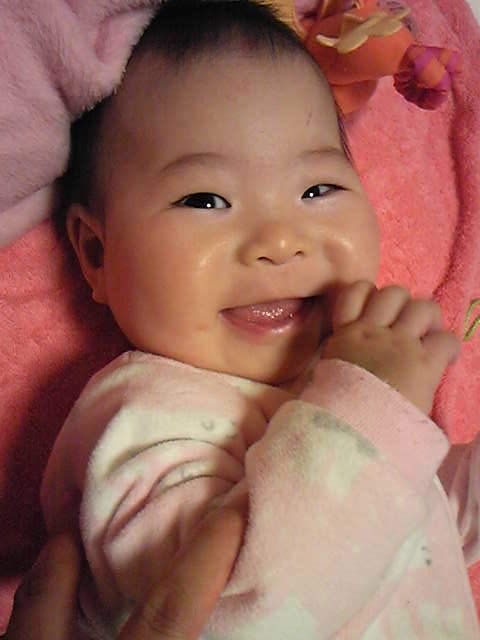
On July 26 of that fateful year, Emiri’s life was tragically cut short while under the care of the facility. Despite showing signs of heatstroke, she was left unattended in a room where the air conditioning had been turned off. An autopsy confirmed heatstroke as the cause of death, further revealing that the facility manager had tightly wrapped her in an adult shirt, immobilizing her.
Emiri’s parents, Ai and Makoto Yamaguchi (pseudonyms), had entrusted her to this facility after a seemingly promising tour, only to later realize that the care showcased during the visit was nothing more than a facade.
“In July 2014, we lost our beloved daughter to heatstroke. We later discovered that she died as a result of the abuse at her day care center,” Ai Yamaguchi said at a recent press conference held at the Foreign Correspondents’ Club of Japan (FCCJ).
“Through the investigation, we found out that the city of Utsonomiya also bore responsibility for this incident. Also, the court recognized Utsonomiya’s responsibility. The city has refused to allow an external third-party verification committee to investigate,” she added.
“We are asking for a verification committee to be held by third parties with no vested interest in Utsunomiya City, as we want to know the truth,” she further said.
“We call on the Japanese government to pass legislation on the investigation of accidents rather than leaving it to their administrative organs,” she went on.
There are two types of child care facilities in the country – registered and non-registered, according to Hiroko Inokuma, a freelance journalist with over three decades of experience specializing in matters of children and child care.
Inokuma explained that registered child care centers, duly authorized by the prefectural government, are established either by local municipalities (cities, wards, towns, and villages) or by private operators commissioned by these municipalities. There are also smaller-scale child facilities with municipal authorization, as well as certified children’s centers that combine elements of kindergartens and child care centers. On the other hand, non-registered child care facilities, while expected to adhere to certain standards, can be operated by any individual who notifies the local government.
She revealed that Emiri’s tragic death unfolded within one of these unregistered child care facilities, and the responsibility for recognizing its operation and conducting on-site inspections fell upon Utsunomiya City.
“Prior to Emiri’s death, Utsumomiya City had received two reports of abuse at this facility,” she revealed.
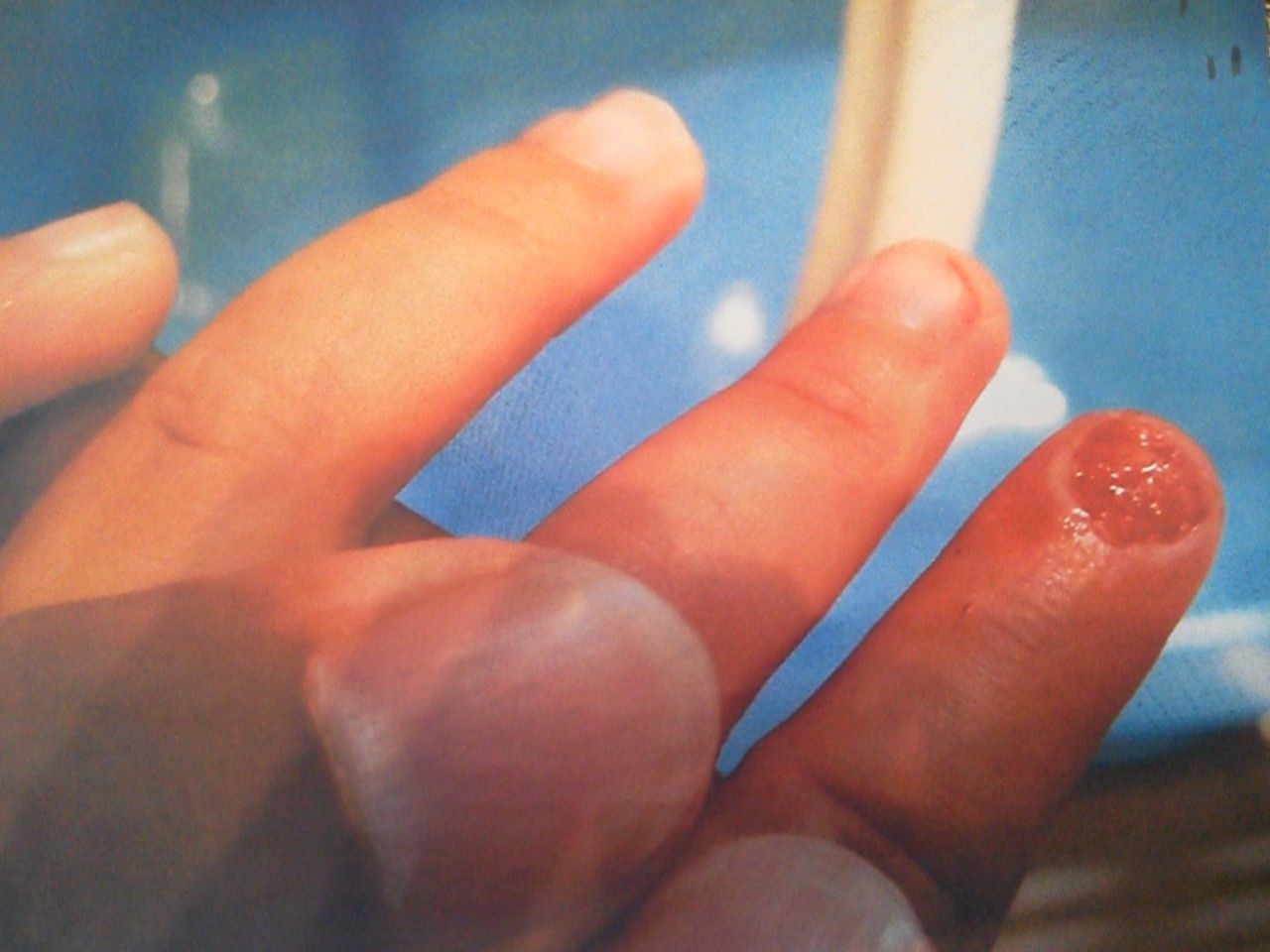
“One of the children experienced having a nail forcibly removed, while the other child was wrapped in blankets and tied up with strings so that she could not move. However, Utsonomiya City was unable to discover these abuses because it had notified the facility of the inspection in advance and only conducted a very brief investigation,” she elaborated.
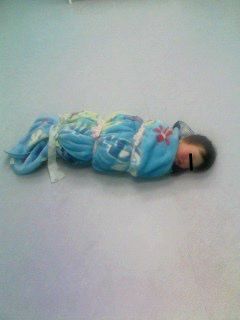
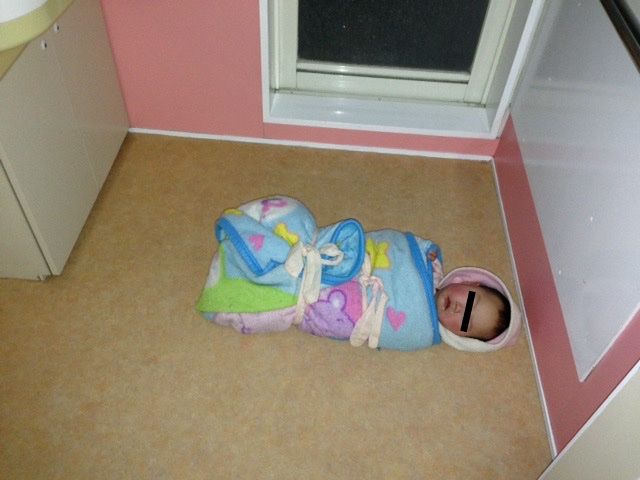
“Currently in Japan, after a child care accident occurs, local governments are required to promptly convene a third-party verification committee to conduct a review of the incident. However, in the case of Emiri’s incident, Utsunomiya City is still trying to conduct a verification by internal parties only, and has yet to conduct an independent third-party review. I think this is a very serious problem,” she stated.
In June 2016, Kumiko Kimura, the owner of Toys, was found guilty by the Utsunomiya District Court and sentenced to 10 years of imprisonment for violating Articles 218 (Abandonment by a Person Responsible for Protection) and 219 (Abandonment Causing Death or Injury) of the Japanese Penal Code. She was also convicted of fraud and received an additional six-month imprisonment sentence.
Yamaguchi emphasized the crucial role of psychological support for parents facing such an unimaginable loss. Sharing her experience of finding solace within a community of parents who have undergone similar traumas, she advocates for more comprehensive emotional assistance for grieving families.
“I can only speak from my own experience, but looking back, I think the support for psychological care was something that was needed the most,” she told Filipino-Japanese Journal (FJJ).
“I actually sought help from the hospital. However, they only prescribed drugs and medicines, and that was it. It didn’t lead to any treatment in a fundamental way. So I joined the association of parents who lost their children, and by attending the meetings, I was able to share my feelings with others who have had the same experience. That was a great help to me,” she added.
As for Inokuma, “I think these non-registered child care facilities, which can be opened and run by anyone, are a problematic system. Of course, some people may say that there are very good non-registered child care facilities, but I think there should be a uniform system for child care facilities. Those facilities should be run in the same way and should receive the same audits during inspections and subsidies from the government. So there should be a uniform system for child care facilities,” she shared with FJJ.
As the Japanese government strives to address demographic challenges and foster a society conducive to family growth, the safety and well-being of its youngest citizens must be at the forefront. The voices of Yamaguchi and Inokuma are crucial in the conversation about creating a future where day care centers are safe and secure places for all children. - Florenda Corpuz


